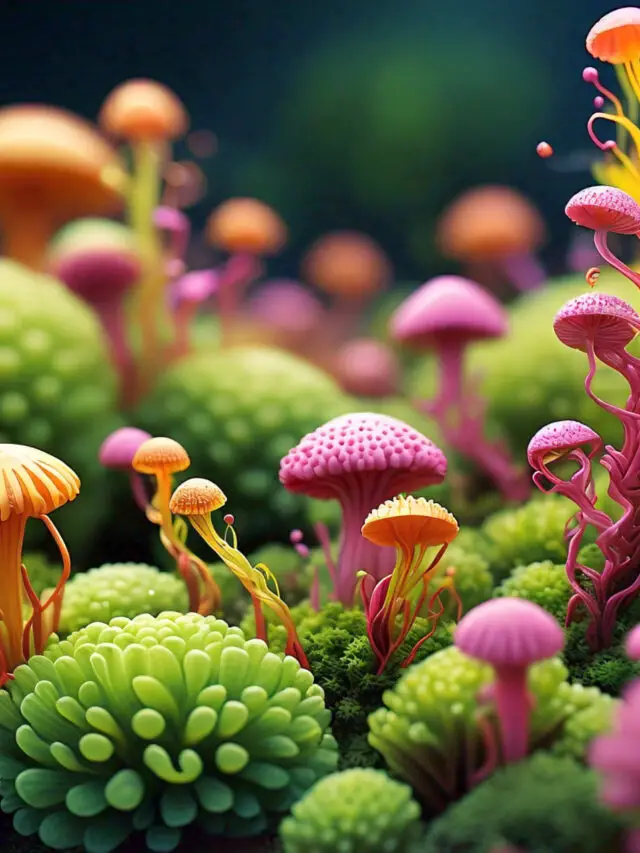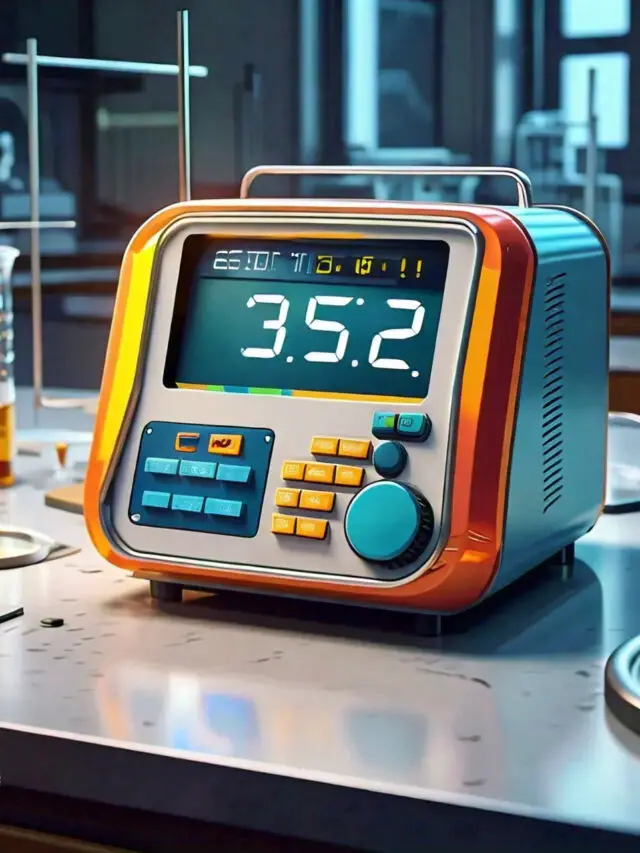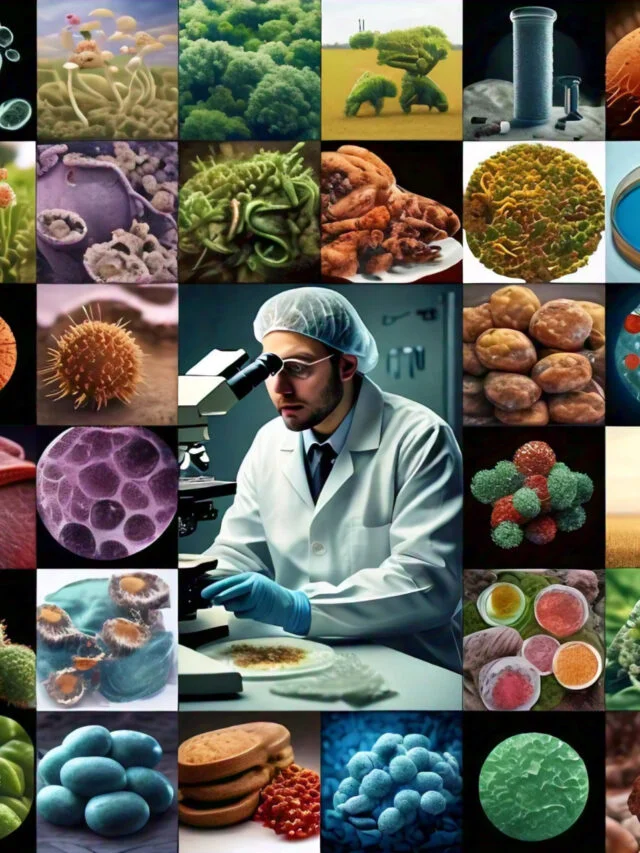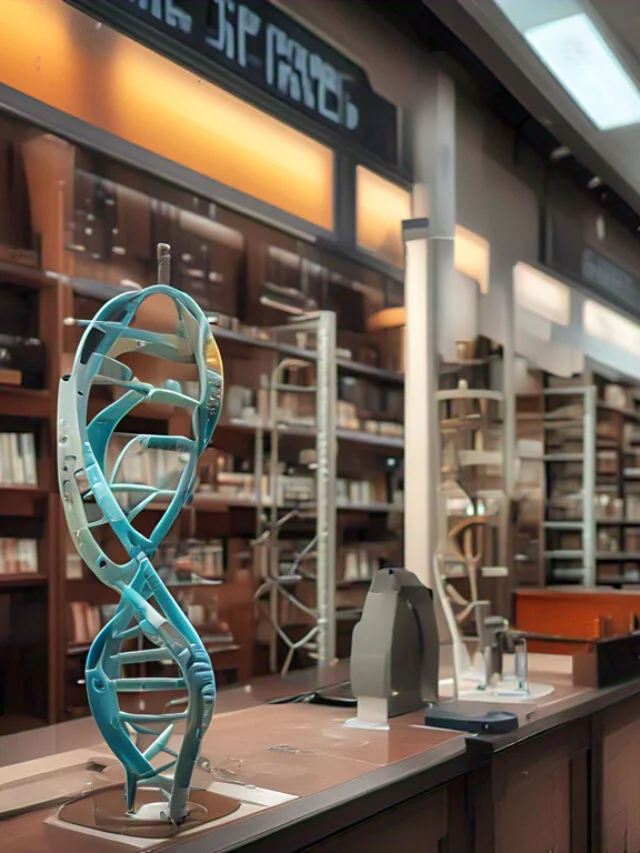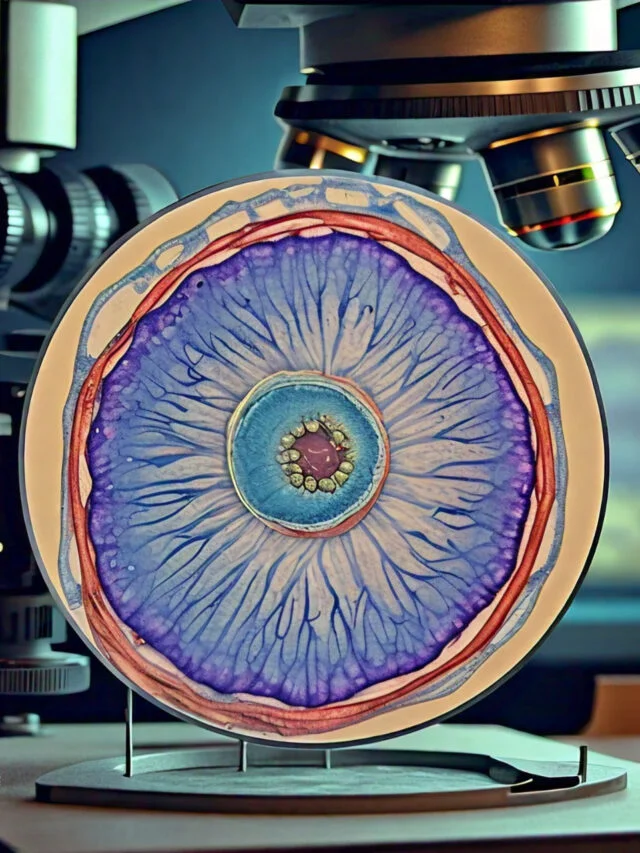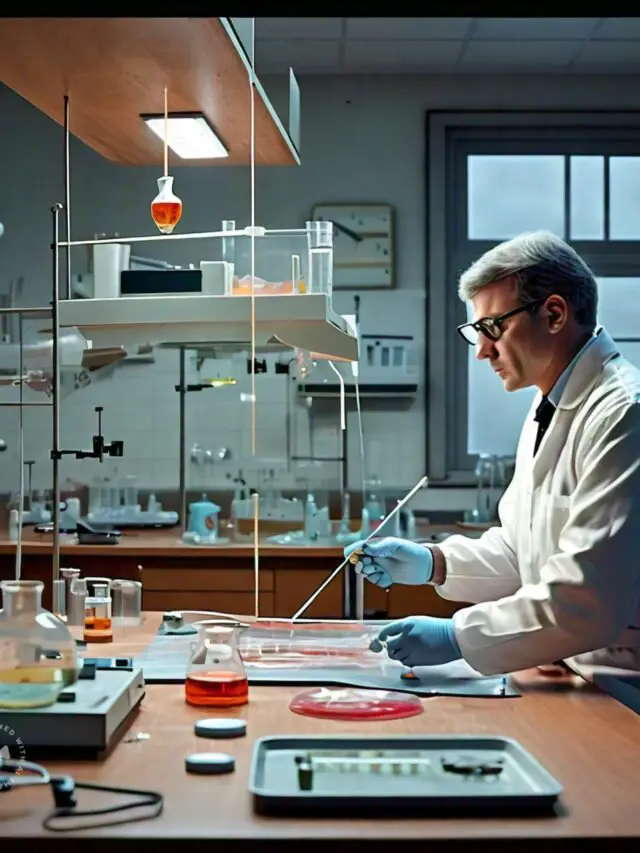Contents
What is Quenching ?
Quenching relates to a process that reduces the fluorescence intensity of a supplied substance. A variety of methods can succeed in quenching, such as excited state reactions, energy transfer, complex-formation and collisional quenching. As an outcome, quenching is often profoundly dependent on pressure and temperature. Some examples of common chemical quenchers are Molecular oxygen, iodide ions and acrylamide.
Quenching is divided into two categories such as dynamic quenching and static quenching.
Dynamic quenching
In dynamic or collisional quenching, interaction of an excited state fluorophore with the quencher results in radiationless deactivation of the fluorophore to the ground state. The efficiency of dynamic quenching is hence sensitively dependent on the concentration of the quenching species.
Static quenching
The static quenching occurs when the molecules form a complex in the ground state, i.e. before excitation occurs.
Difference between static quenching and dynamic quenching
| Topic | Static quenching | Dynamic quenching |
| Occurrence | Occurs in ground state. | Occurs in excited state of the molecule |
| Effect of temperature | If the temperature increase (chemical stability will change), the rate of static quenching will decrease. | If the temperature increase, the dynamic quenching rate will increase. |
| Measurement | It can be measure by using a spectrophotometer. | It only measured by using Spectrofluorimeter. |
| Lifetime | there is no change in excited state lifetime | There is change in excited sate life time |
| Fluorophore absorption spectrum | Fluorophore absorption spectrum distorted | Fluorophore absorption spectrum unchanged |
Related Posts
- Difference Between Homologous Chromosomes and Sister Chromatids
- Difference between Monocarpic and Polycarpic Plants
- Differences Between Poisonous and Non-poisonous Snakes
- Differences Between Sensitivity, Specificity, False positive, False negative
- Anabolism vs Catabolism – Differences Between Anabolism and Catabolism

